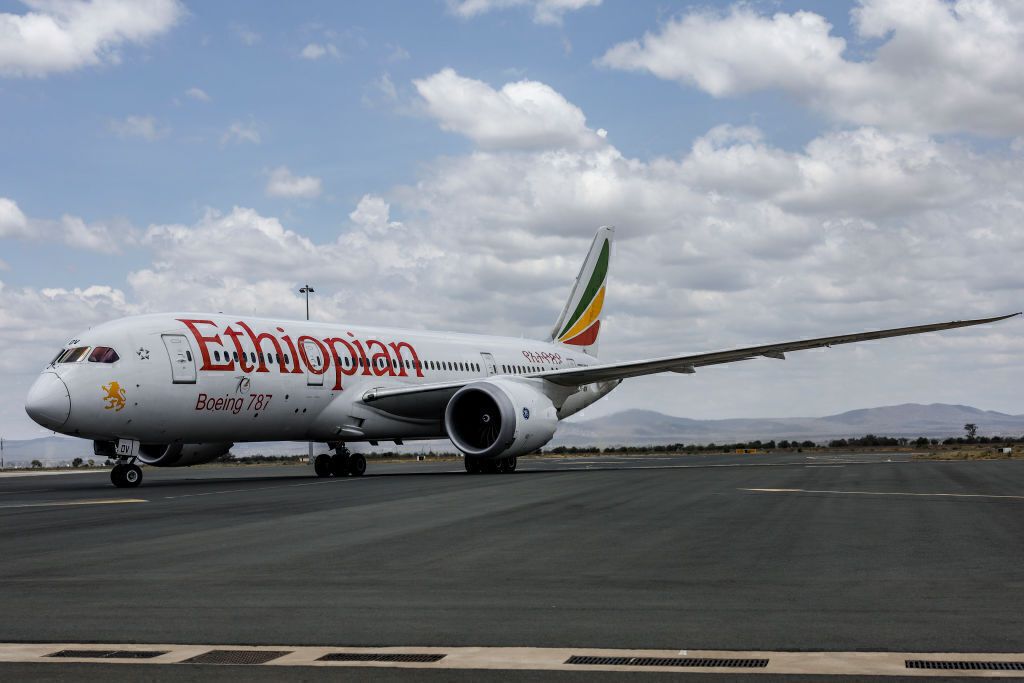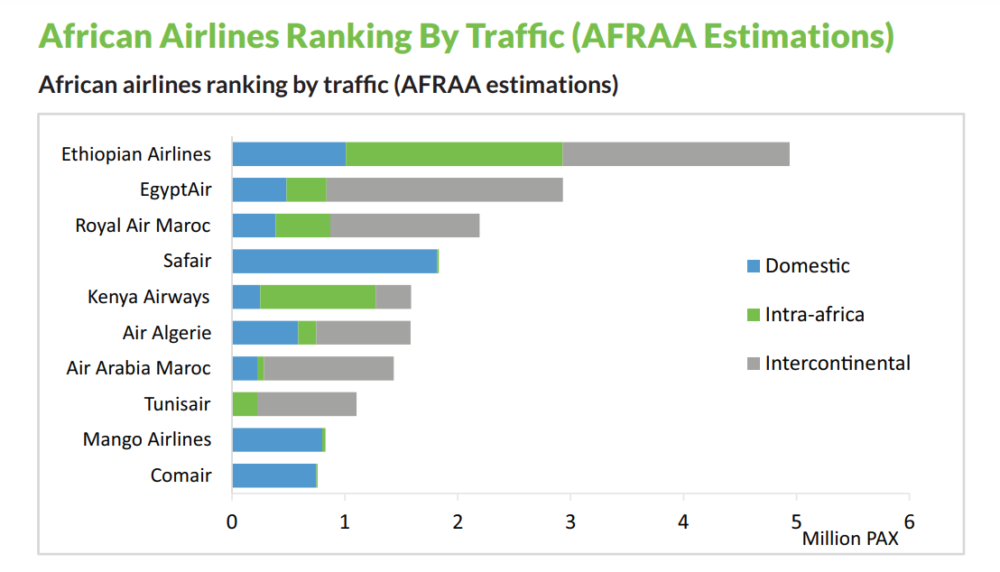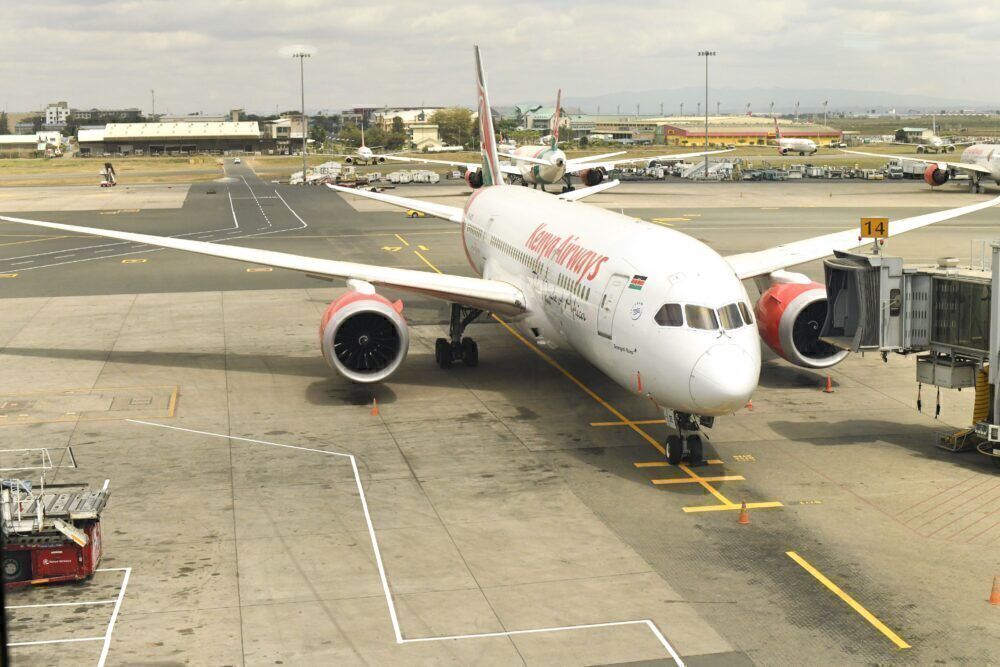African aviation was one of the later regions to feel the impact of the virus outbreak at the beginning of last year. However, once the pandemic catalyzed, like the rest of the world, the continent's aviation activity went through a deep dive. Now, the African Airlines Association (AFRAA) has released the 2020 Africa air transport report, and it makes for grim reading for African airlines. Altogether, carriers based in the continent lost $10.21 billion.
Global woes
The six largest airline groups across the globe lost $110 billion by November 2020. American Airlines, Delta Air Lines, Lufthansa Group, United Airlines, IAG, and Air France-KLM were in this crop. Notably, no African carriers form part of this collective. So, the $10.21 billion loss seems minimal in comparison.
Nonetheless, a multi-billion dollar loss is still something to be concerned about. Carriers will be keen to bounce back after such a tough year in African aviation, which was marked by events such as South African Airways' grounding and an increased focus on cargo amid travel restrictions.
Overall, the number of passengers transported by African operators reduced to 34.7 million from 2019. this is a year-on-year drop of 63.7%. The situation slowly started to improve in the summer, with some borders opening up, but activity was still suppressed throughout 2020.
The north leads the way
During the tough year, northern African passenger traffic pipped the post. This area contributed to 36.6% of total continental traffic.
“In this region, the major part of this traffic is directed outside the continent, in particular to Europe: 45% before Covid. This can be explained by the tourism that is developed in the region and attracts Europeans. Middle-East is also a preferred destination from Northern Africa (22% of the traffic in 2019) due to the strong cultural and economic relationship between the Maghreb and Middle-East,” the report shares.
“The Covid19 outbreak caused a year-on-year drop of 61% of the regional traffic. The traffic toward Europe declined by 5%, in favor of Middle-East (+2.6%) and intra-African (+2.1%). The part of the domestic market is around 20%, which is far from the continental average that is 43%.”
The potential is there
There have been high hopes for Africa’s aviation industry. There are new segments opening up with a sizable young population maturing this decade. Many of these individuals are from a growing middle class and are adapting well to new globalized commercial trends. So, airlines are keen to tap into these markets.
Stay informed: Sign up for our daily and weekly aviation news digests.
However, in order to reach new heights, intra-African connectivity needs to improve. Only 13 out of 54 nations in Africa have direct flights to over 20 countries across the continent. So, the network across the region needs to be developed further. Regardless, there are plenty of prospects, with the likes of Embraer and Qatar Airways keeping a close eye on opportunities.
What are your thoughts about the performance across Africa during 2020? What do you make of the continent’s prospects in this next chapter? Let us know what you think of the overall situation in the comment section.



